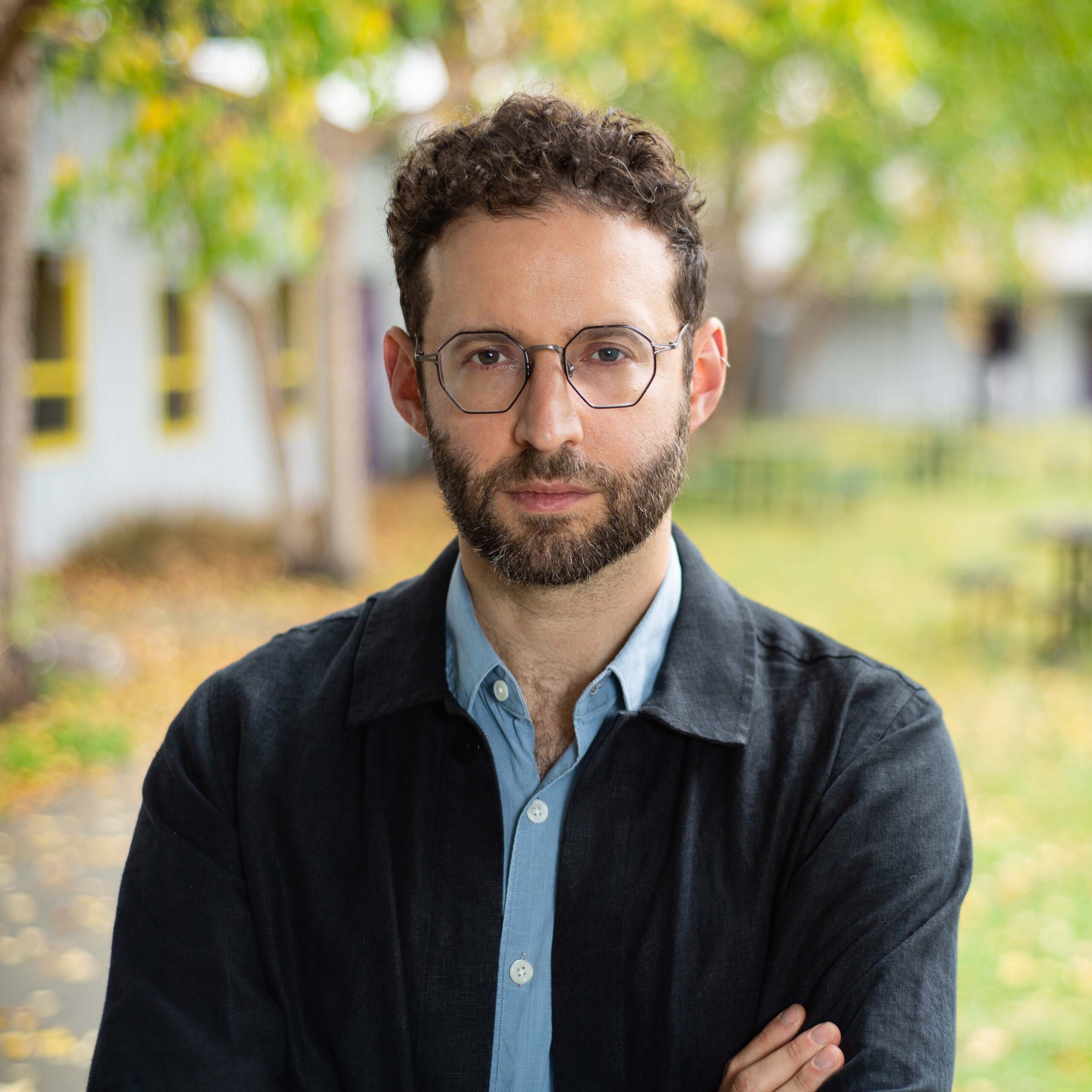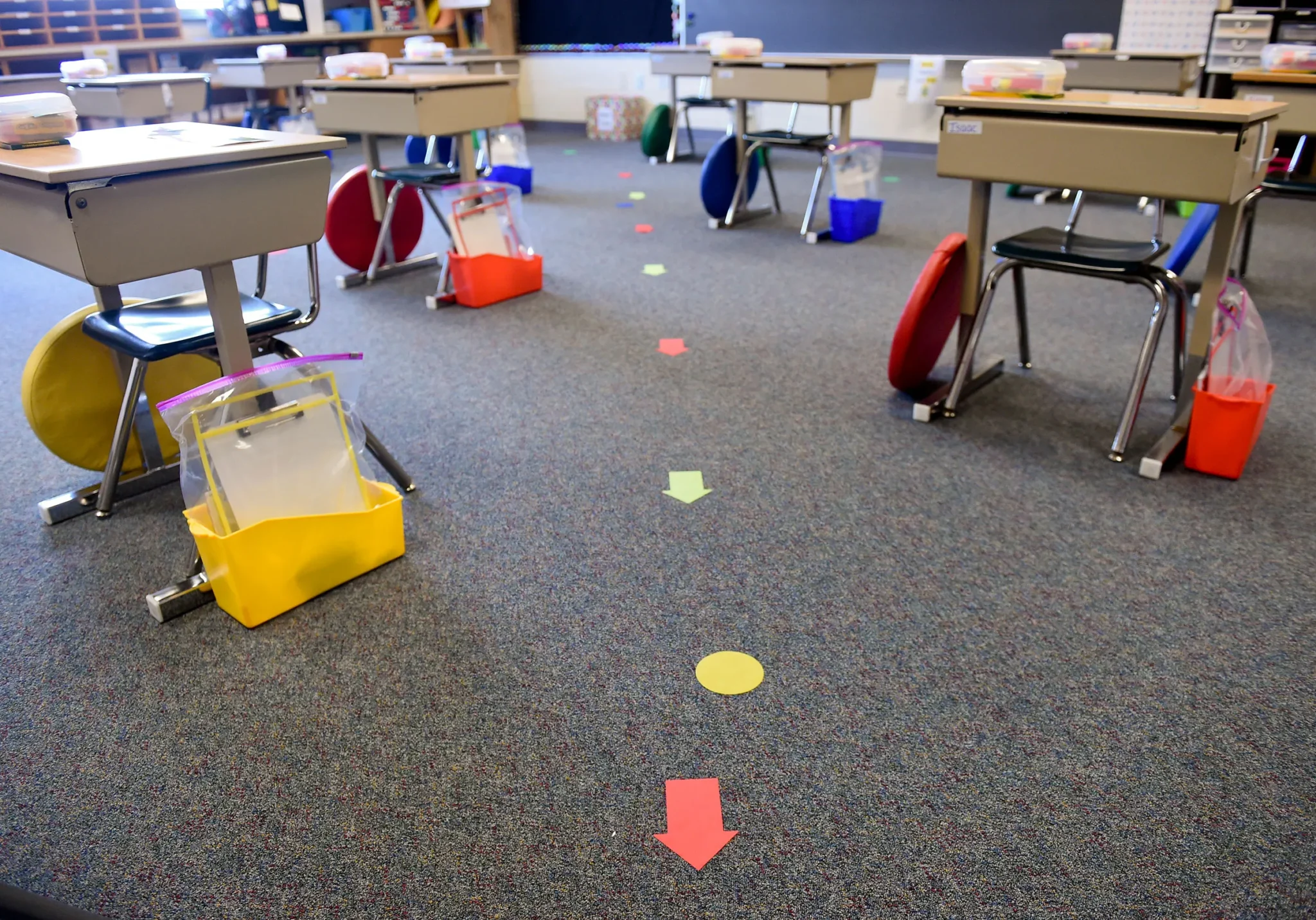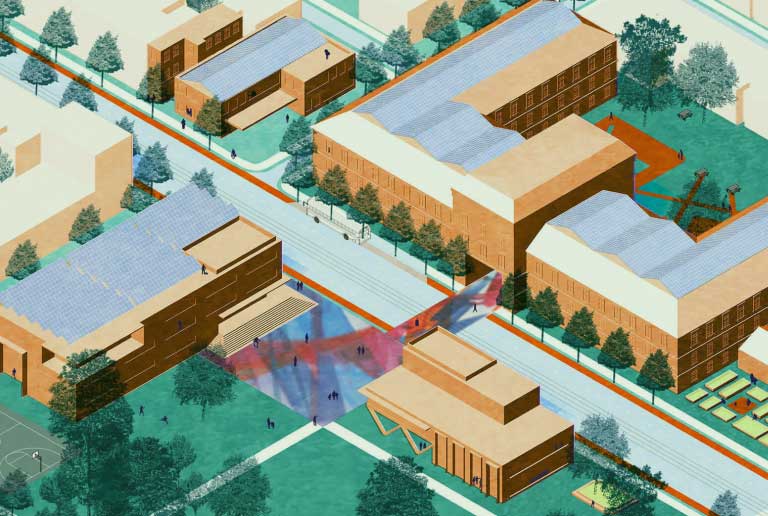A Green Stimulus for K-12 Schools
A Build It Back Better Stimulus is an essential opportunity to deliver a Green Stimulus for K-12 Schools. This stimulus would align directly with the Biden administration’s goals of rescuing schools from the devastation of the COVID-19 pandemic while creating jobs, delivering racial equity, improving health outcomes, slashing carbon emissions, and improving school resilience to extreme weather all at the same time; and it would help the Biden administration target 40 percent of its climate funding to disadvantaged communities. The massive public investments called for here would yield economic, social, and climate benefits for decades to come.
We propose $1.16 trillion in new funding over ten years:
$250 billion over ten years for Climate Capital Facilities Grants to fund healthy, green, climate-friendly retrofits for the K-12 public school facilities in greatest need (including short-term measures to help schools reopen safely during the pandemic)
$250 billion over ten years for Resource Block Grants to fund expanded staff, social services, training, and professional development in public schools with the greatest need; this would include $100 million in Educational Equity Planning Grants to jumpstart the process of eliminating intra-region education inequities in school funding
$66 billion annually in Expanded Title I and IDEA Annual Funding to sustain operational support from the Resource Block Grants.
The Climate Capital Facilities Grants will create 350,000 jobs per year, over ten years in all jobs categories, including over 100,000 on-site construction and maintenance jobs per year, over ten years. Our estimate of projected place-based spending, based on our proposal’s equity criteria, finds that on-site jobs would be evenly distributed between red states and blue states (based on 2020 electoral college vote), with 51,100 going to blue states and 49,400 to red states.
The Climate Capital Facilities Grants would eliminate all carbon emissions from those schools. Once the retrofits are complete, they would deliver an annual saving of at least 29 million tons of CO2e, the equivalent of taking six million cars off the road.
The Resource Block Grants will fund well-resourced classrooms and school facilities across the country, supporting the creation of 336,000 new jobs in schools over ten years. In schools with the greatest need, these block grants can support hiring educators to lower teacher student ratios to 1:15 for K-8 schools and 1:20 for grade 9-12 schools. We will reach these ratios by hiring additional classroom teachers (a head and associate teacher for all pre-K–grade 3 classrooms) as well as learning specialists, including math and reading specialists and afterschool staff, for all pre-K–grade 12 classrooms. The expansion of the educator pipeline, along with resourcing development and operations to retain existing educators, will address the forecasted educator shortages.
Meet the authors

Akira Drake Rodriguez
City and Regional Planning,
University of Pennsylvania

Daniel Aldana Cohen
Assistant Professor of Sociology, UC Berkeley,
Director of the Socio-Spatial Climate Collaborative, UC Berkeley

Kira McDonald

Nick Graetz
University of Minnesota

Billy Fleming
Wilks Family Director,
Ian L. McHarg Center, University of Pennsylvania


